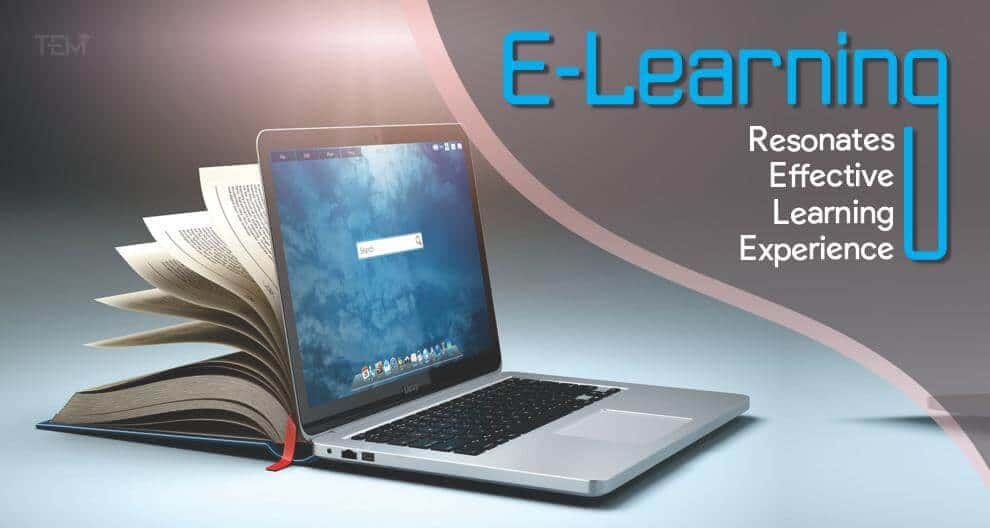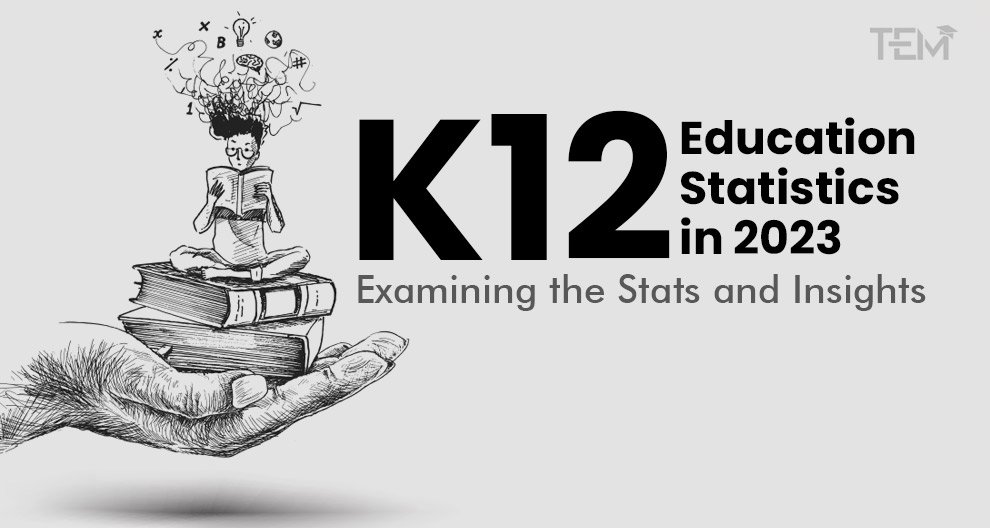Today, there are massively growing numbers of applicants applying to universities. The universities in order to try to meet this increasing demand they increase the number of admissions. The irony here is, they are increasing admissions but the admission rates are still declining because they cannot increase the admissions at a rate to meet the demand. Not only there is a massive growth of students entering the universities, it should theoretically be bigger than what it is now. So, what can a university do to try to combat this increase in the student population?
If a university wants to keep the same class sizes they have to hire more faculty members. However, it’s not a very easy process. They have to hire people or have to put some type of tenure track in plan and it’s something that they cannot do rapidly enough to meet the growing student population.
Now, it’s interesting to see that they are using technology (e-learning) to help remedy this issue.
Introducing e-learning to meet massive student strengths
Throughout history, people have had a good number of jobs that by now they do not really even go to a professional to use. They have some apps or tools that can do it for them. For instance, taxi drivers are still in business but maybe in 2020, they will not even be around anymore if a giant company like Google will make self-driving cars. In the future, the technologies will take all professions and try to bring those directly into the hands of consumers. This drives universities to apply this into a classroom setting and hopefully replace professors with some type of technology that brings education into the hands of the students themselves.
E-learning innovated with hands down the best way generations are educating themselves. It’s not only getting more diverse but expanding its reach far beyond brick-and-mortar classrooms. Classrooms once used to be an ordinary environment is now densely populated with rigid students who believe this is their only gateway to get a ticket into the pearly gates of engineering or medical or any other framed-secured seats. Factory-like structure to prepare schoolers to get into the best colleges possible students are struggling around limited and competitive education system, now embracing e-learning and blended learning (classroom and online education).
E-learning is flexible and vast and that’s the reason learners should catch up and inherit this effective and engaging way. Statistics show that students are glued-in till the syllabus completes, it’s amazing. One of the refreshing qualities of e-learning is that it presents all the elements that exist within and around a student. The reason for the e-learning to hit every right node is because of its accessibility, personalized learning, learning flexibility, academic collaboration, and affordability. It reflects the genuine representation of several aspects of a student’s life. It ignores the money-making machines schools and colleges are devoted to, to identify credible students that can garner their talents.
Critical success factors of e-learning
E-learning is a result of merging information technology with education. In a university environment, there are four groups in the classification of e-learning critical success factors (CSFs), instructor, student, information technology, and university support. Many types of research identify that technology, instructor, and previous use of technology from the student’s perspective are the main three CSFs. Factors described;
- Technology: ease of access and navigation, device interface design and level of interaction
- Instructor: professors attitude towards students, instructor technical competence and classroom interaction
- Student prior IT experience: having a computer and attitude towards e-learning is critical to e-learning success.
The CSFs for e-learning in developing countries like India include motivation toward e-learning, awareness, and the ability of basic technology, and good education support. The classroom environment in these countries can be spelled through the behavior of an iceberg where lectures are just on the surface. Now the surface where the students being exposed to a wide amount of information but not really diving deep into any of it. Ironically in the current system, the professor is just involved in classroom lectures that students can learn from the internet. But the place where the professor’s expertise would be extra useful is the place of addressing those learning breakdowns.
Technological related factors of e-learning
Online courses are trying to use technology to hopefully simulate one-on-one instruction. By putting professor trained devices it became possible to help students learn. Over the span of the past few years users had out the surge of all different platforms such as, udemy, udacity, coursera, edx, and many more that helped them create courses on. And people have created courses that teach biology, computer science, math, history, and/or any topic that one wants to learn. Moreover, technological related aspects polish and complete the essentials to make e-learning more interesting. The relevant references are:
- Ease of Access: Ease of access refers to the easy access and usability of the website for students. Through this feature, students are able to log into the system at any time accessing the flexibility offered by the website. This ease encourages students to visit and learn without facing any second thought.
- Interface Design: The visual structure and design aspects are important because they make online courses appealing and well-structured. The screen design and visual technology interface are critical to the success of e-learning. These aspects are vital facets of the user experience.
- Level of Interaction: Whether its classroom or virtual classroom the interactive communication plays a significant role to create a healthy learning environment. In e-learning, the instructor promotes a highly interactive virtual classroom environment where each student learns around his/her comfort.
- System Quality: System quality offers availability, ease of use, reliability, and response time. It favors students’ satisfaction with web-based learning, higher learning, personalization, and interactivity. Requires quality internet connectivity for a successful learning experience.
- Service Quality: When a student finds the service is positive as it should be. Service quality increases the perceived ease of use. Positive feedback and others encourage responses.
E-learning is also helping working professionals gain access to full degree programs and/or specific courses and allowing underprivileged people to access education who previously didn’t have any. It is indeed an enjoyable experience because people want to learn and e-learning makes it fun to learn. The beauty of having this facility is that learners from all around the world with all different backgrounds are able to help each other. It’s a great time investment. It does pay off.
Read Full Post 10 Most Valuable Online Institutes of 2020


